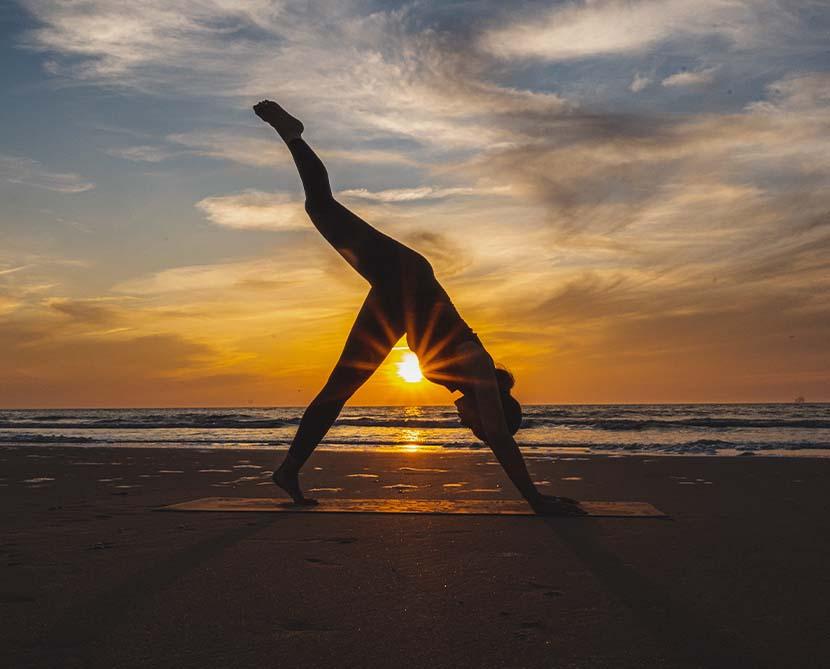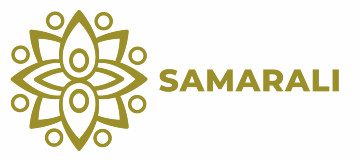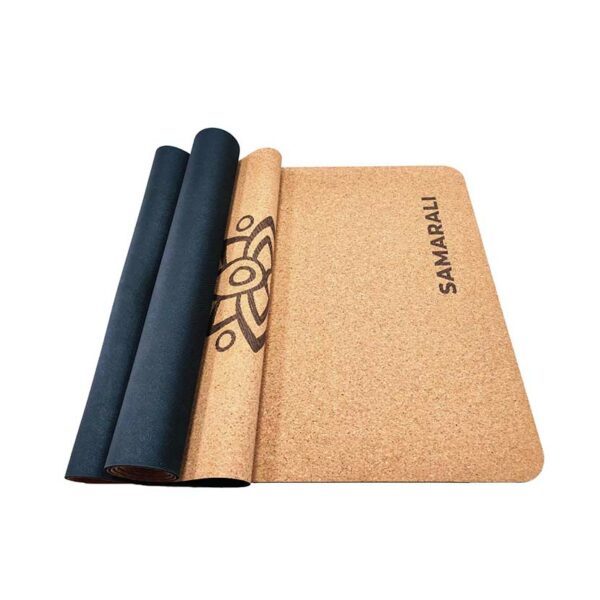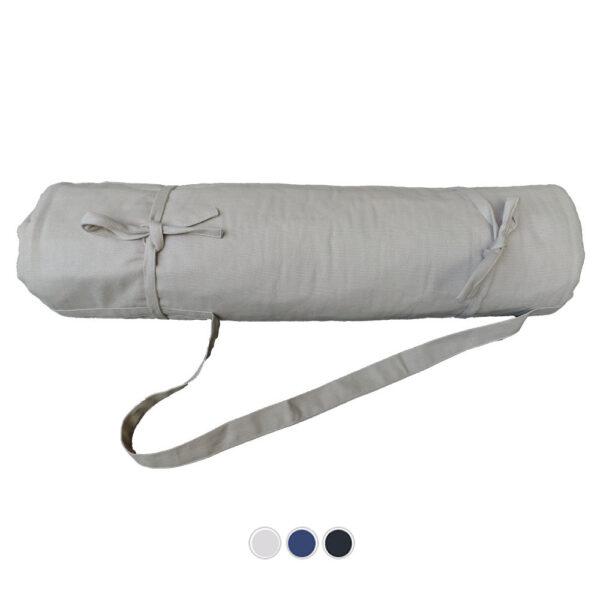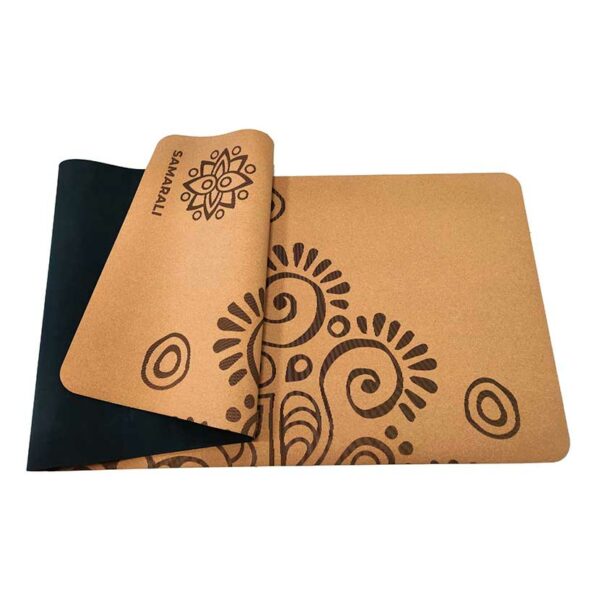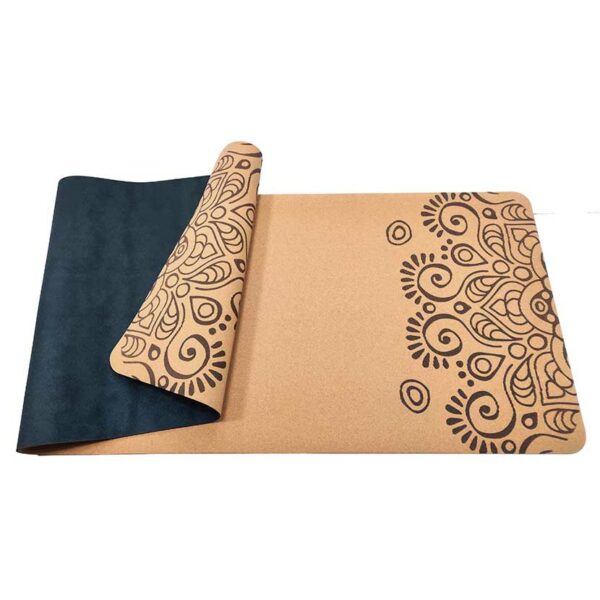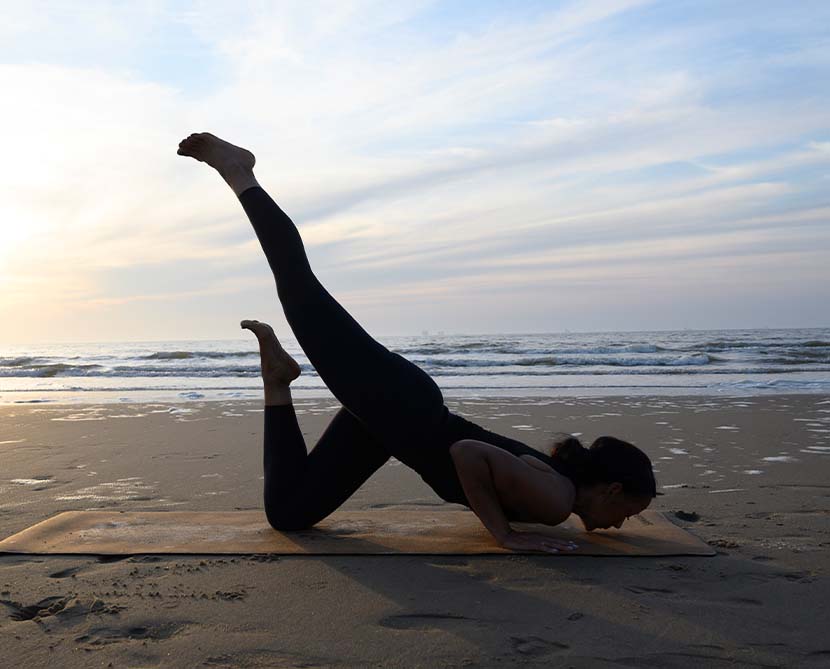
Yoga Mat: that place that feels like home
The Yoga mat was invented for therapeutic reasons. Angela Farmer was unable to sweat from her hands and feet after surgery.
Even though Iyengar forbade her to use a foam mattress or splash water for traction, she did not give up; she found the perfect solution when she came across a thin piece of foam carpet padding from a carpet factory while she was teaching in Munich.
The solution for one person’s specific needs has soon become the standard for yogis searching for insulation and non-slip surface in the Western world.
The use of this sticky mat increased the focus on flexibility than strength.
If you have practiced yoga on grass, sand, or even a blanket, you realize that standing postures require more strength than flexibility.
Asanas that previously would have required more strength now require more flexibility.
That’s how just a thin piece of carpet was turned into a more significant symbol for contemporary yoga practice.
The mat is also a metaphor for most yogis. It’s the space where we feel at home, we nurture ourselves, in which our minds might experience some relief from our daily chaotic life.
In the ’90s Sara Chambers decided to develop a sturdier, stickier yoga mat, made from PVC. PVC is incredibly durable but also a petroleum-based product.
Some PVC mats on the market contain toxic heavy metals and phthalates. Besides, PVC mats cannot be easily recycled, which means many pre-loved mats end up in landfills where the chemicals slowly start to break down.
This releases dioxin, a known carcinogen.
Discovery of a cork yoga mat
Later on, Chris Willey committed himself to pursue a better and greener material to preserve and care for the environment.
Cork outlasted and outperformed any other natural material, and best of all, it provided a non-slip surface even when wet, eliminating the need to wax for traction.
Yoga teaches us to be more aware of our actions and to take good care of ourselves and the world we live in.
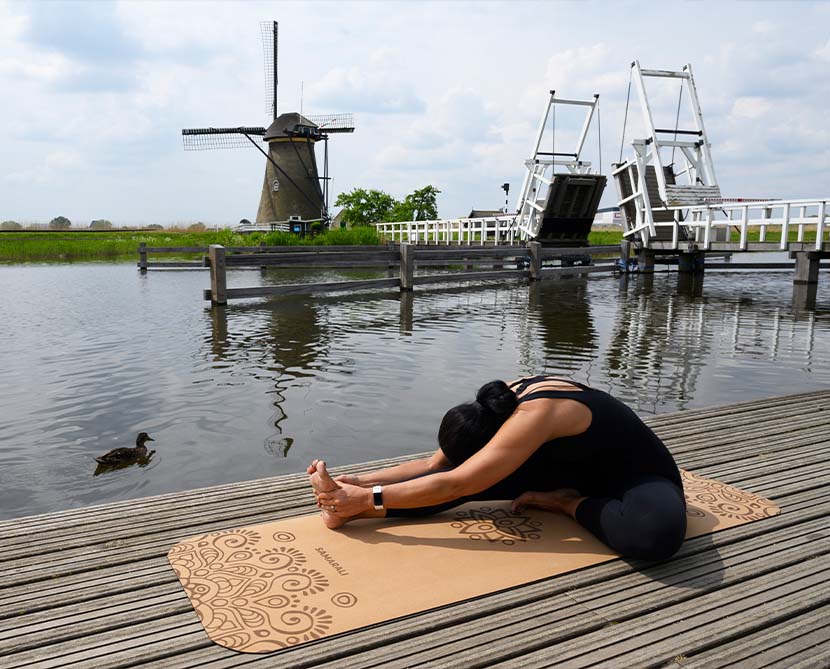
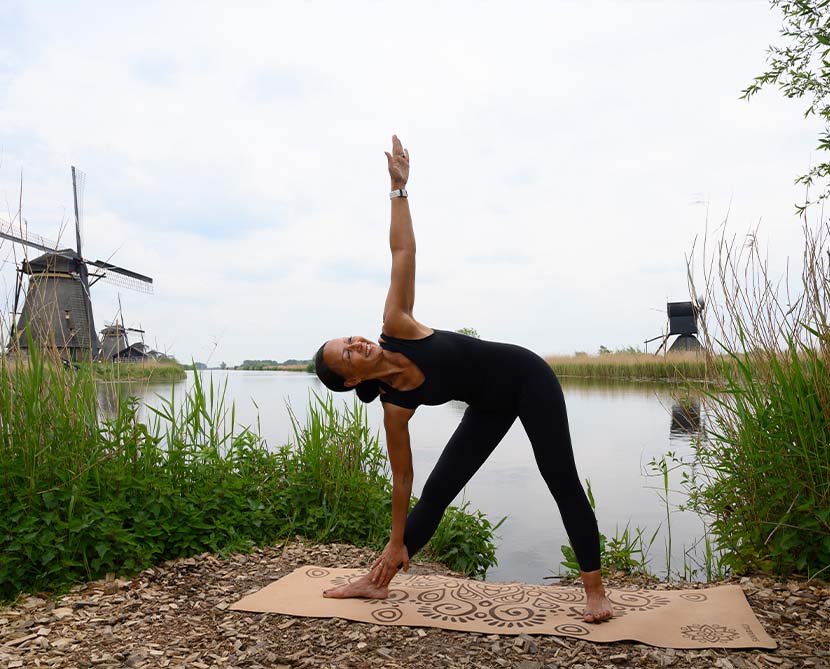
We have the freedom to choose a trendy and efficient prop but also the responsibility of selecting a product that respects the environment and ourselves.
We need to assess the decisions we make even when we buy a yoga mat. The more conscious we make our choices, the more our yoga practice can become a mindful practice of freedom.
Quality comes first
A quality mat is extremely important to help maintain your balance and keep the right posture.
Samarali’s eco-friendly cork yoga mats work well under both wet and dry conditions. They are comfortable and grippy.
Being 4mm thick, the yoga cork mat offers optimal cushioning for your knees, feet, and joints.
The unique molecular structure of the cork absorbs contact and quickly regains its form.
Without being too flexible or too tough, cork provides a balance of stability and flexibility with the right amount of padding for your needs.
When moisture is added, the cork creates a superb grip, releasing Suberin, a waxy substance.
Your mat will not get slippery no matter how much you sweat during your hot yoga or Ashtanga class.
Actually, the mat’s grip can be maximized simply by spraying a bit of water on your hands and feet.
Cork: a wonder material
The top layer of the mat is made of cork. Cork is an entirely renewable material that comes from the bark of the Cork Oak; it is harvested by peeling the bark off the trees without cutting them down.
After the cork is removed, the tree rejuvenates its bark, regrowing the cork bark layer every 8 -14 years over its 200-year lifespan – a completely sustainable process.
Cork bark rejuvenation absorbs CO2 from the air, leaving zero toxic or chemical remains, and the material is biodegradable, which means it can be composted, keeping your product out of landfills.
The bottom layer of the cork yoga mat is made from natural rubber, which is harvested from rubber trees via the rubber tapping process.
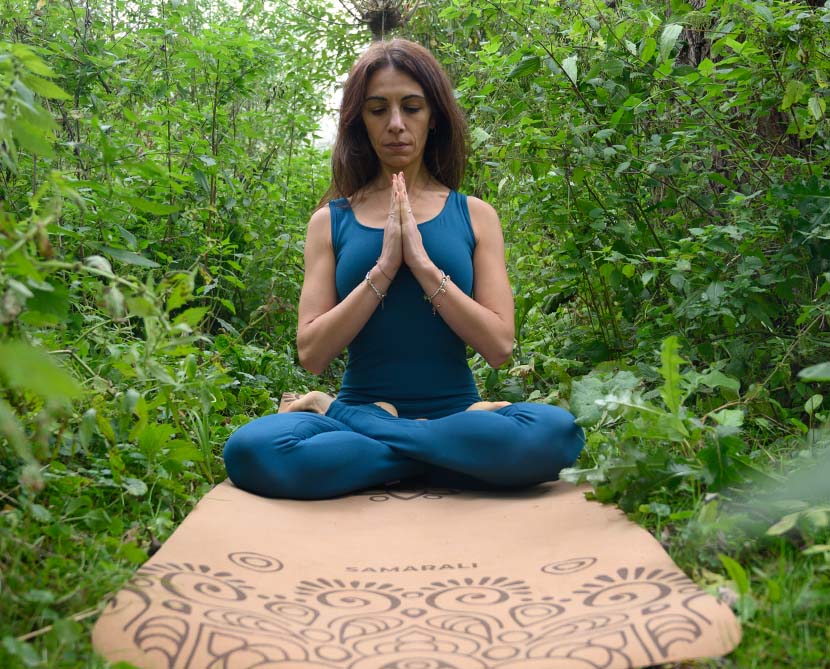
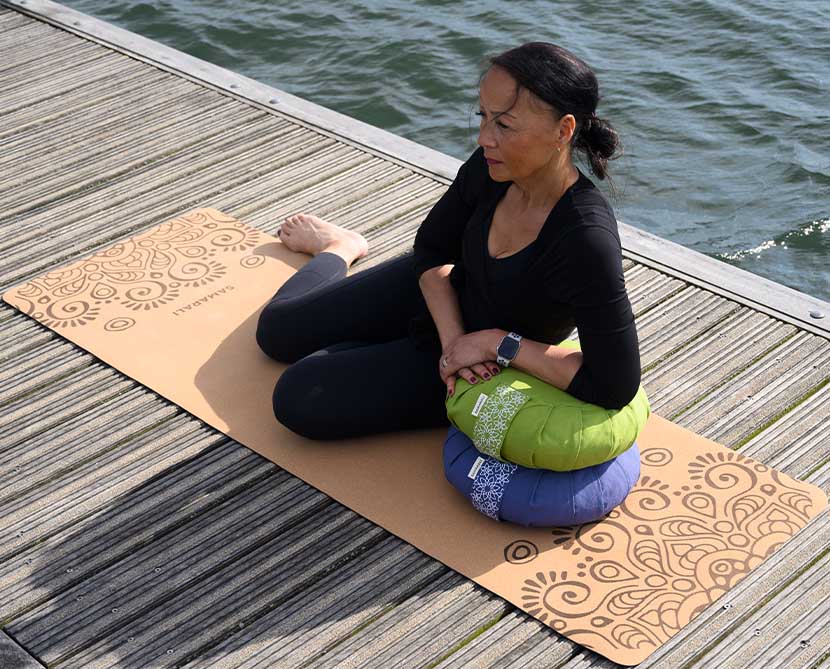
Anti-bacterial properties
Forget about smelly mats, because cork also comes with natural anti-bacterial properties.
It eliminates germs, bacteria, and odors by itself without being sprayed and cleaned after each practice.
Cork mats won’t leave any nasty smell on your floor or carpet if you like to work out from home.
If you do wish to clean your mat from time to time, you can spray a mix of water, apple cider vinegar, and a few drops of essential oils such as tea tree and lavender oil.
Sustainable everywhere
It is not just the end product that matters. Before your order arrives on your doorstep, it has gone through multiple different stages.
To us as Samarali, it is fundamental that each step the product goes through follows our values and ethics.
The packaging is a prime example of this. How the product is packaged and shipped has an enormous impact in terms of sustainability and consequently matters to us just as much as the quality of the final product.
All our products are therefore paper wrapped and shipped in paper-based packaging.
Since we aim to minimize our carbon footprint, we constantly look for solutions to bring us to a carbon-neutral state.
We, therefore, encourage you not to throw anything into the trash, as everything is perfectly recyclable.
Wholesale program
If you are interested in purchasing our cork mats in bulk for your yoga studio, yoga retreat, or any other needs, we are happy to offer competitive prices for large quantities.
For that reason, please fill in the form on the yoga mats wholesale page, and we will get back to you as soon as possible.
Bring nature indoors and treat yourself and the environment with one of our eye-catching cork yoga mats.
